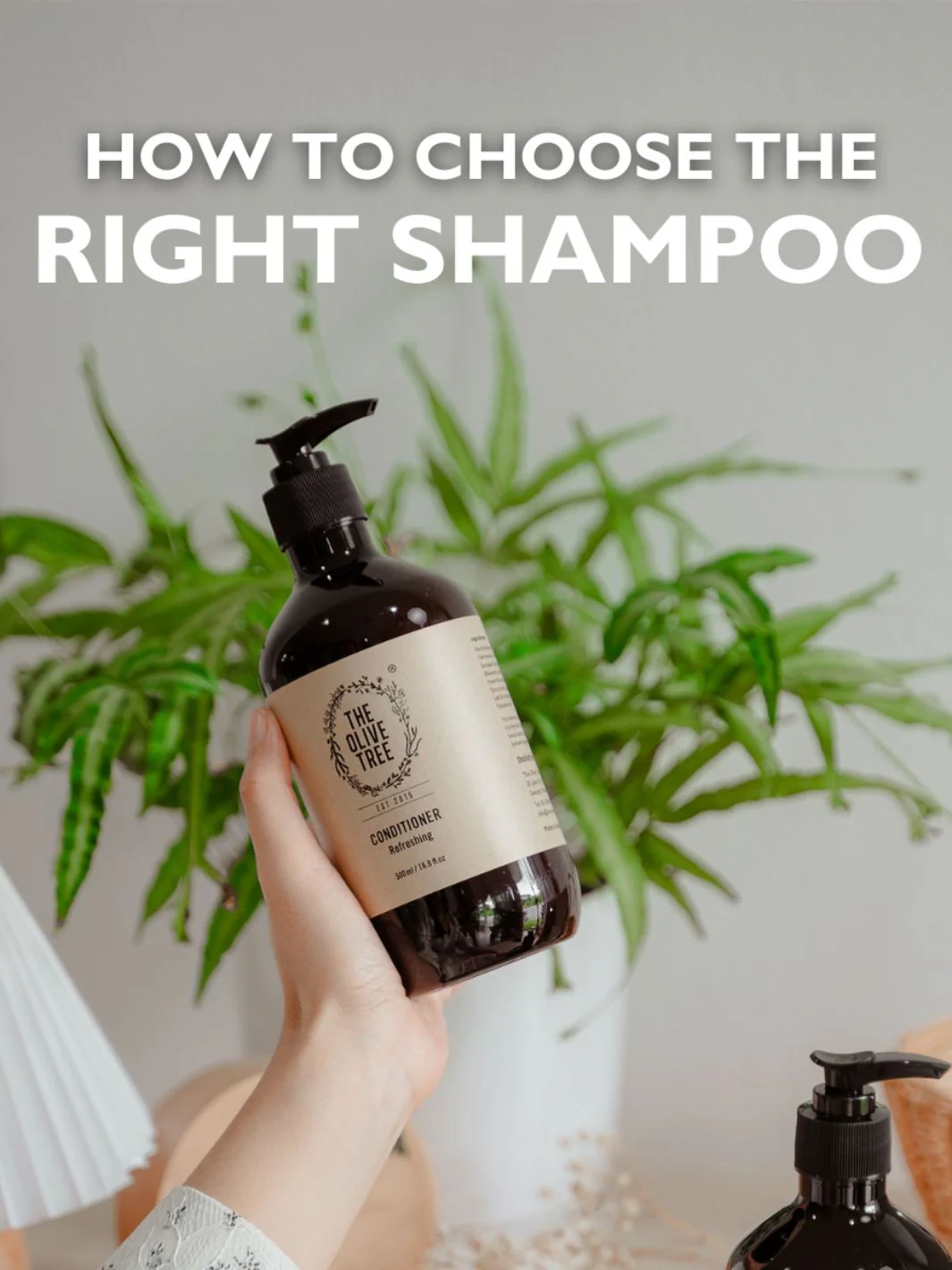

How to Choose the Right Shampoo and Conditioner for Your Hair?
Selecting the right shampoo and conditioner is essential for maintaining healthy, vibrant hair. With a plethora of products available, it's important to choose those that suit your hair type and address your specific concerns.
By Damyanti Salon
1. Identify Your Hair Type
Understanding your hair type is the first step in choosing the right products. Common hair types include:
- Normal Hair: Balanced, not too oily or dry.
- Dry Hair: Lacks moisture, often looks dull or frizzy.
- Oily Hair: Produces excess oil, can look greasy.
- Fine Hair: Thin strands, often lacks volume.
- Thick Hair: Dense, often coarse or curly.
- Color-treated Hair: Has been dyed or chemically treated.
2. Consider Your Hair Concerns
Identify any specific hair concerns you might have, such as:
- Dandruff: Look for anti-dandruff shampoos with ingredients like zinc pyrithione or ketoconazole.
- Hair Loss: Consider products with biotin, keratin, or caffeine.
- Damage/Breakage: Opt for products with strengthening ingredients like keratin, protein, or amino acids.
- Frizz: Look for moisturizing and smoothing ingredients like argan oil or shea butter.
3. Look at Ingredients
Certain ingredients can benefit different hair types and concerns:
- Moisturizing Ingredients: Such as glycerin, panthenol, and natural oils (e.g., argan, coconut, or jojoba) are good for dry and frizzy hair.
- Clarifying Ingredients: Like tea tree oil, apple cider vinegar, or salicylic acid can help with oily hair and scalp buildup.
- Strengthening Ingredients: Such as proteins, keratin, and amino acids are great for damaged or weak hair.
- Sulfate-Free Formulas: These are gentler and better for color-treated or sensitive scalps.
4. Check Product Labels
- pH Balance: Choose products with a balanced pH to maintain the scalp’s natural oils.
- Natural/Organic: If you prefer natural products, look for those labeled as organic or containing minimal synthetic chemicals.
5. Read Reviews and Seek Recommendations
- Reviews: Look at reviews from people with similar hair types and concerns.
- Recommendations: Ask your hairstylist or friends with similar hair for product recommendations.
6. Patch Test New Products
Before fully incorporating a new product into your routine, do a patch test to ensure you don’t have an allergic reaction.
7. Be Patient and Experiment
It may take some trial and error to find the perfect shampoo and conditioner for your hair. Give new products a few weeks to see how your hair responds.
8. Adjust Seasonally
Your hair’s needs might change with the seasons. For example, you might need more moisture in the winter and a lighter formula in the summer.
By taking these factors into account, you can find a shampoo and conditioner that will keep your hair looking and feeling its best.



